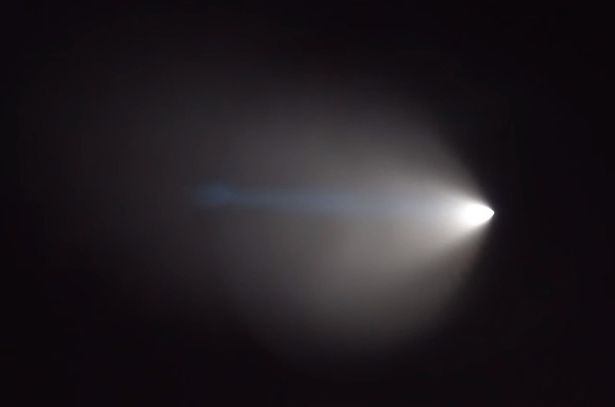Chapter 2: Bits, Data Types, and Operations
Bit & Bytes
Bit: Binary digits, two states (0 / 1) Byte: 8 bits
Data Types
Unary
n 1’s for number n. e.g. 11111 represents 5.
ASCII Codes
The way to transfer information between the computer and the keyboard.
48 0x30 --- '1'
65 0x41 --- 'A'
97 0x61 --- 'a'
Unsigned Integers
2’s Complement Integers
000 --- 0
001 --- 1
010 --- 2
011 --- 3
========== (An OVERFLOW if crossing this boundary)
100 --- -4
101 --- -3
110 --- -2
111 --- -1
(Note that the sum of the binary codes of two
complementary integers is 000)
How to quickly obtain -A: add 1 to the complement of A. i.e. -A = ~A + 1
Sign-EXTention: To extend the length of a representation, just extend the sign bit to the left.
Examining overflows: There is an overflow if and only if two positive numbers produce a negative sum, or two negative numbers produce a positive sum.
Bit Vectors
A collection of N bits that escribes states of N items. In LC-3, N = 16.
We can use logical operations & bit masks to modify a certain bit in the bit vector.
Logical Operations
Deal with logical variables (Booleans) and bit vectors.
NOT/COMPLEMENT/INVERT: NOT(0) = 1, NOT(1) = 0.
| X | Y | ALL(X,Y) / X AND Y / XY | ANY(X,Y) / X OR Y / X+Y | X XOR Y |
|---|---|---|---|---|
| 0 | 0 | 0 | 0 | 0 |
| 0 | 1 | 0 | 1 | 1 |
| 1 | 0 | 0 | 1 | 1 |
| 1 | 1 | 1 | 1 | 0 |
In LC-3, NOT and AND are in the ISA. OR can be operated with De Morgan’s Law:
OR(X,Y) = NOT(AND(NOT(X),NOT(Y)))
Bit masks
Can let us deal only with the bits we care about. For example, to clear the rightmost bit of a 6-bit vector and maintain the values of the other bits, AND it with the bit mask 111110. To set the rightmost bit of a 6-bit vector to 1, OR it with the bit mask 000001.
Floating point
(will not be used in LC-3)
Takes up 32(64/16) bits.
| 1 | ← e = 8(11/5) → | ← 23(52/10) → |
|---|---|---|
| sign | exponent represents the range |
fraction represents the position |
N = (-1)sign * 1.fraction * 2exponent-(2e-1+1)
2e-1+1 is called the excess code (the bias).
The fraction part won’t save the most significant bit, because it’s 1 for sure.
For example, to express 6.625, first convert it to normalised binary form:
6.625 = 1 * 22 + 1 * 21 + 1 * 2-1 + 1 * 2-3 = 110.101 = 1.10101000… * 2129-127
So it can be coded:
0 10000001 10101000000000000000000
If the length of fraction part is not enough, the least significant bits will be rounded (rounded: lost due to limited space [truncated: lost due to limited time]).





留下评论
注意 评论系统在中国大陆加载不稳定。